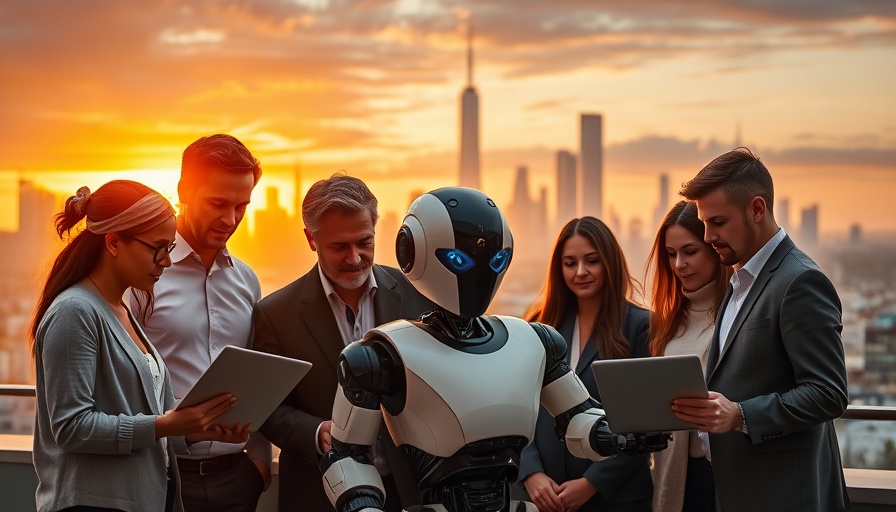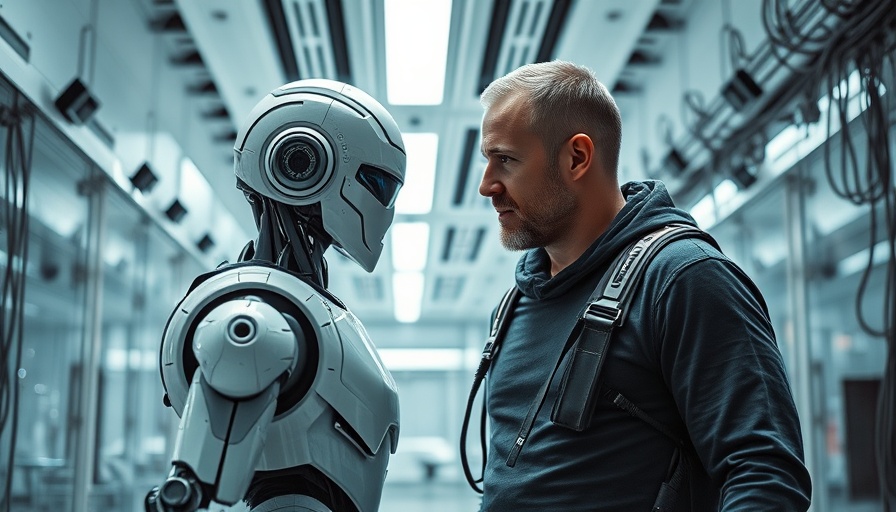
The Evolving Landscape of AI Diplomacy
As artificial intelligence continues to reshape the global economy, the geopolitical implications of AI technology are becoming increasingly significant. The recent announcement by OpenAI regarding its 'AI for Countries' program signifies a pivotal moment in international collaboration focused on artificial intelligence. This initiative is responding to requests from various nations looking to establish their own AI infrastructures as they recognize AI as a vital driver of economic growth and national development.
In 'AI for Countries', the discussion dives into the implications of AI on international relations, exploring key insights that sparked deeper analysis on our end.
Trump Administration's Shift on AI Chip Controls
The Trump administration has proposed significant changes to the AI export controls instituted by the previous Biden administration. These export controls aimed to prevent advanced AI chips from reaching countries like China, which posed a perceived threat to American innovation and security. The AI diffusion rule introduced stringent tier-based restrictions that sparked widespread criticism from tech companies, particularly Nvidia and Oracle. They argued that such measures were overly complex and could impede global progress in AI.
With plans to rescind the diffusion rule, Trump’s team seeks to replace it with a more streamlined approach intended to stimulate innovation while still maintaining strict controls on exports to China. This change comes as many industry leaders believe that limiting chip access to allied nations would endanger the U.S.'s competitive edge in AI development.
The Role of OpenAI in Global AI Growth
OpenAI's launch of the 'AI for Countries' initiative complements this shift in U.S. policy. By partnering with governments around the world, OpenAI aims to co-develop data centers and foster AI deployment that aligns with democratic principles. The initiative is aimed at establishing AI infrastructures in ten international projects, underscoring the urgency to deploy technology before countries like China can gain the upper hand.
The explicit goal of American firms like OpenAI is to spread a vision of 'democratic AI,' contrasting sharply with the rapid advancements being made by China. By facilitating global access to advanced AI technologies, the U.S. hopes to bolster its influence while aligning with nations that share similar values.
Changing Dynamics: AI and Global Competition
The challenge facing U.S. policymakers and tech leaders is whether they can effectively compete with China in AI without compromising their strategic interests. Nvidia CEO Jensen Huang has been vocal about this, emphasizing the need to reevaluate U.S. strategies surrounding AI and innovation. His comments highlight the importance of recognizing the changing dynamics of global AI development. As Chinese AI models improve, U.S. companies must adjust their approaches to maintain leadership in the field.
Current trends suggest that Chinese expertise is advancing more rapidly than previously anticipated. This has ignited a need for American firms to reconsider their roles in the global supply chain and their contribution to international AI development.
The Future of AI and National Interests
The central question remains: will the U.S. successfully establish itself as the primary innovator in AI while managing its relations with countries like China? The potential for 'chip diplomacy'—using access to AI chips as a bargaining chip in international negotiations—could redefine trade relationships, particularly in regions like the Middle East, where states such as Saudi Arabia and the UAE are racing to develop advanced AI capabilities.
As these geopolitical dynamics evolve, the partnership between tech companies and governments will likely take center stage. OpenAI's commitment to spreading democratic values through technology will be tested as they seek partnerships with nations that have different regulatory and ethical landscapes.
In conclusion, as we stand on the brink of a new era of AI diplomacy, it's crucial for business owners and leaders to stay informed about these developments. The implications for innovation, job creation, and global competitiveness are immense. It's time to consider how your business can adapt and thrive in this rapidly changing landscape.
START USING AI NOW to explore how these advancements can benefit your business and keep you at the forefront of innovation.
 Add Row
Add Row  Add
Add 




Write A Comment